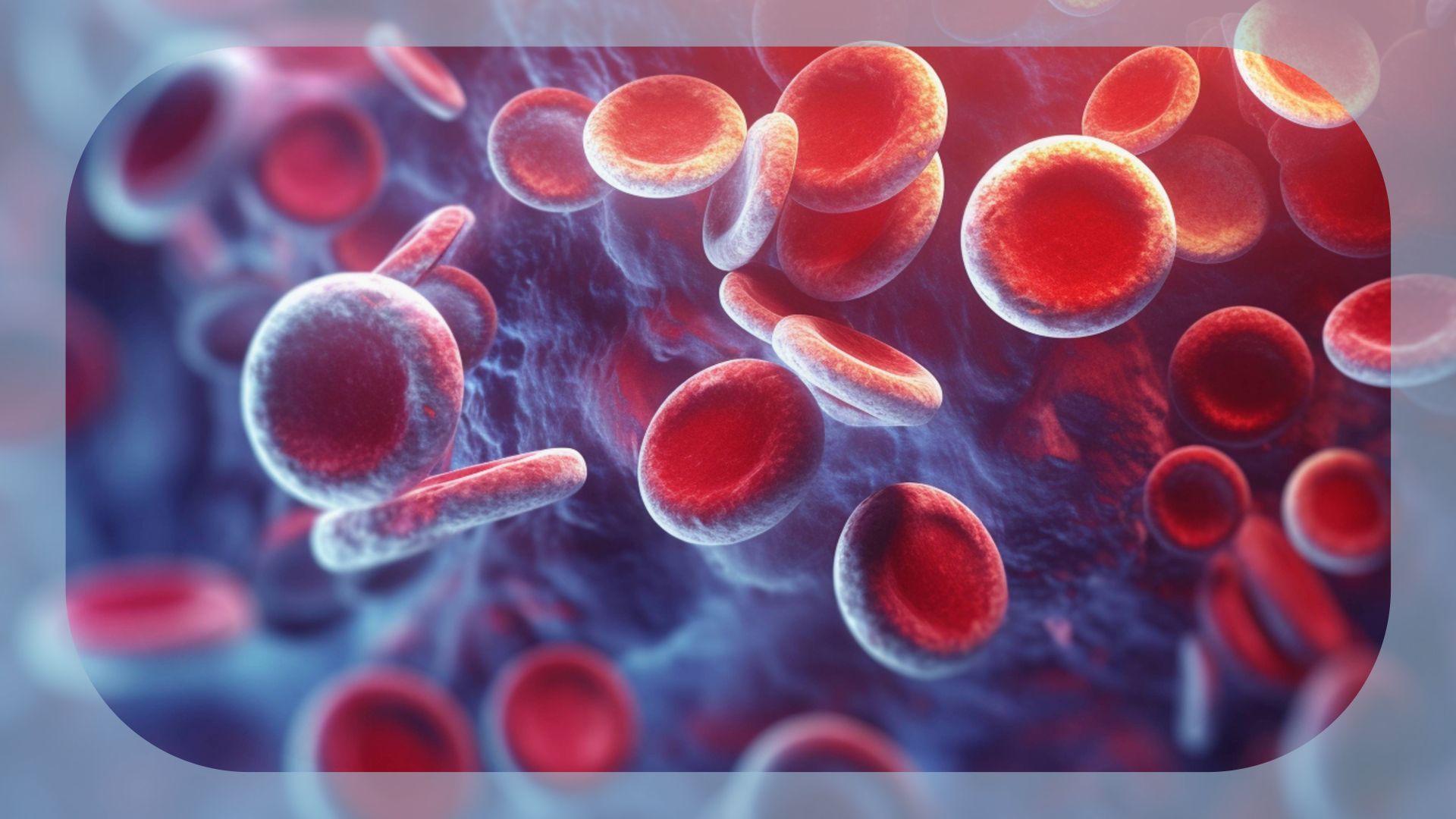Image Credit: © Oleksandr – stock.adobe.com
Findings from a real-world, retrospective study showed that patients with aggressive B-cell non-Hodgkin lymphoma (NHL) and active autoimmune diseases (AIDs) experienced comparable efficacy and safety outcomes when treated with CAR T-cell therapy vs patients without underlying AIDs.
Data published in Cancers demonstrated that at a median follow-up of 26.5 months, patients in the AIDs group (n = 47) experienced a complete remission (CR) rate of 36% compared with 38.3% for patients without active AIDs (n = 680; P = .36). Following CAR T-cell therapy, the rates of relapse or progression were 52.6% in the AIDs group vs 38.3% in the non-AIDs group (P = .07). Notably, patients with underlying AIDs achieved a 3-year progression-free survival (PFS) rate of 49% compared with 32% for those without AIDs (P = .18), and the 3-year overall survival (OS) rates were 57% and 44%, respectively (P = .25).
Regarding safety, the incidence of cytokine release syndrome (CRS) was similar between the 2 groups; the rates of grade 3 or higher CRS were 12.1% in the AIDs group and 13.2% in the non-AIDs group (P = .5). In both groups, the median time to onset of CRS was 3 days, and the median duration of CRS was 4 days. Tocilizumab prophylaxis was used more frequently in patients with AIDs (P = .02).
“Despite underlying immune dysregulation expected in patients with [AIDs], autologous CAR [T-cell therapy] efficacy does not appear to be diminished, and durable responses are feasible,” lead study author Nicole J. Altomare, MD, and colleagues wrote in the publication. “CAR [T-cell therapy] should be considered a curative treatment option for patients treated for aggressive B-cell NHL despite underlying AIDs without concern for higher signals of exacerbation of the underlying AID.”
Altomare is an instructor at the Feinberg School of Medicine of Northwestern Medicine in Chicago, Illinois.
Why Data Are Lacking for CAR T-Cell Therapy in Patients With AIDs
Although CD19-directed autologous CAR T-cell therapies have helped transform the B-cell NHL treatment paradigm, the pivotal trials evaluating these agents have generally excluded patients with actives AIDs, limiting data available for the use of these therapies in this subgroup of patients. Altomare and colleagues also noted that the use of immunosuppressive therapy could affect T-cell function.
Real-World Study Design
To expand on this limited evidence, investigators identified 727 patients with aggressive B-cell NHL who received CD19-directed CAR T-cell therapy at 1 of 12 academic institutions from 2018 to 2024. The study included patients with diffuse large B-cell lymphoma (n = 547), transformed follicular lymphoma (n = 138), primary mediastinal B-cell lymphoma (n = 14), Richter’s transformation (n = 23), transformed marginal zone lymphoma (n = 24), post-transplant lymphoproliferative disorder (n = 8), grey zone (n = 2), transformed mantle cell lymphoma (n = 3), Burkitt’s lymphoma (n = 3), T-cell/histiocyte-rich large B-cell lymphoma (n = 5), plasmablastic (n = 2), primary central nervous system lymphoma (n = 1), and other NHL subtypes (n = 23).
Within this overall cohort, investigators then identified patients with a formal diagnosis of an AID, managed with or without immunosuppressive therapy. AIDs included in this study consisted of seropositive inflammatory arthropathy and/or vasculitis, inflammatory bowel disease, thyroid disorders, celiac disease, sarcoidosis, multiple sclerosis , myasthenia gravis, and others. Notably, 3 patients with immune thrombocytopenic purpura were excluded, since this AID is thought to be a result of lymphoma rather than a primary autoimmune condition.
Along with survival and progression outcomes, investigators examined the incidence of CRS, immune effector cell–associated neurotoxicity syndrome (ICANS), and infections.
Baseline characteristics showed that the median age at diagnosis was 61 years (range, 28-83) in the AIDs cohort vs 58 years (range, 17-85) in the non-AIDs cohort. The majority of patients in both groups were male (AIDs group, 61.7%; non-AIDs group, 64.3%), were non-Hispanic (97.9%; 92.4%), and had an ECOG performance status of 0 or 1 (61.7%; 73.2%). Patients in both groups received a median of 2 prior lines of therapy (range, 1-8) prior to CAR T-cell therapy. Notably, 80.9% of patients in the AIDs group and 80.3% of patients in the non-AIDs group did not undergo autologous stem cell transplant prior to CAR T-cell therapy.
Additional Safety Data
Within a subgroup of the AIDs cohort (n = 36), 31.9% of patients were on immunosuppressive therapy prior to CAR T-cell therapy. Additionally, 14.9% of patients received immunosuppressive therapy after starting CAR T-cell therapy, and only 1 of these 7 patients was not on immunosuppressive therapy prior to CAR T-cell therapy. Three of these patients (6.4%) restarted immunosuppressive therapy after CAR T-cell therapy, and the other 3 remained on treatment during CAR T-cell therapy. Four patients experienced AID flare ups after receiving CAR T-cell therapy, including 2 within 90 days of treatment.
The incidence of grade 3 or higher ICANS was 40% in the AIDs group vs 42.4% in the non-AIDs group. The median time to the onset of ICANS was 6 days in both groups; symptoms persisted for a median of 3 days in the AIDs group and 5 days in the non-AIDs group.
The rates of persistent neutropenia at 30 days post–CAR T-cell therapy and beyond were 10.6% in the AIDs cohort and 7.4% in the non-AIDs cohort. The rates of persistent thrombocytopenia were 6.4% and 11.4%, respectively.
Infections within 90 days of CAR T-cell therapy infusion occurred in 42.6% of patients in the AIDs group vs 28.1% of patients in the non-AIDS group (P = .02). Infections led to death in 2 patients in the AIDs group.
“Despite the inherent limitations of a retrospective study, our data further adds to the field by providing granularity on short- and long-term toxicities of CAR [T-cell therapy] in patients with concurrent lymphoma and AID,” study authors concluded.
Reference
Altomare NJ, Herr MM, Nair NM, et al. Real world outcomes of patients with aggressive lymphoma and autoimmune disease treated with CART. Cancers (Basel). 2025;17(14):2358. doi:10.3390/cancers17142358
